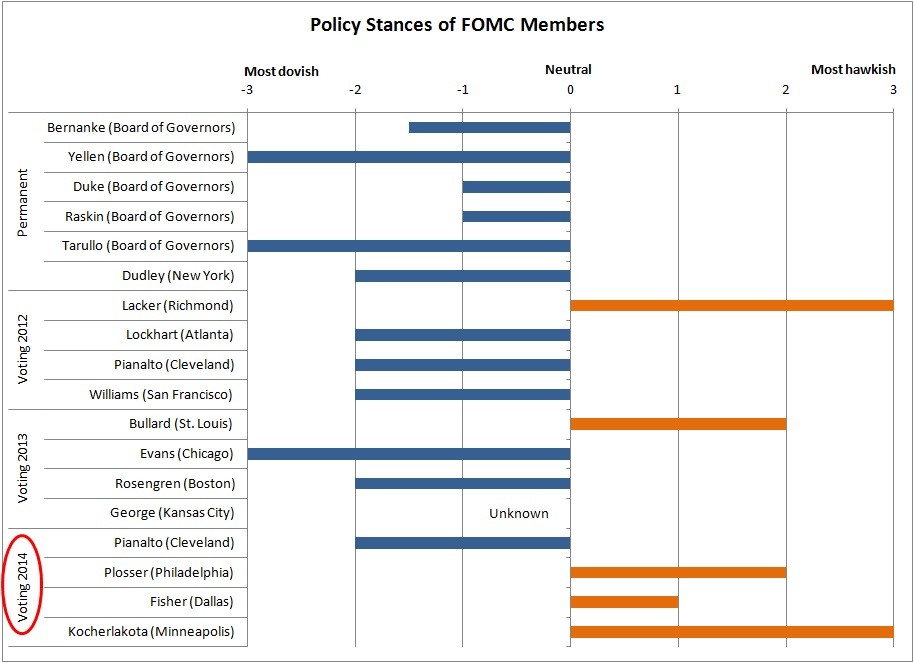When the Fed Raises or Lowers Interest Rates
Post on: 16 Март, 2015 No Comment

When the Federal Reserve (Fed) raises or lowers interest rates a chain reaction is set into motion. It’s like the domino effect. The Fed is the first domino and whatever they do — creates the chain reaction. If the fed raises interest rates, banks raise their prime rate, which in turn affects mortgage rates, car loans, business loans, and other consumer loans. However, a bank can raise or lower their prime rate without the FED making the first move. It is uncommon for most banks to change their prime rate without the fed making the first move — but it does happen.
Lower interest rates usually spur the economy by making corporate and consumer borrowing easier. Higher interest rates are intended to slow down the economy by making borrowing harder.
Think about it this way: If interest rates increased from 6% to 14% what do you think would happen in the area of home mortgages? Naturally, less people would be buying or building homes, and the sale of building supplies would decrease. Make sense? If interest rates decreased from 14% to 6% what do you think would happen? People would be storming the banks in a rush to borrow cheap money to build new homes, buy cars, and invest in their business.
Let me define a few of the common terms used in the media:
1. Federal Funds Rate: The interest rate (controlled by the Fed) which banks charge each other on overnight loans. This is usually the rate that the Fed keeps adjusting.
2. Discount Rate: The interest rate charged by the Fed on its own loans to banks.
3. Prime Rate: the interest rate banks give their best customers and has a direct effect on other rates for mortgages and car loans. When the Fed raises or lowers the interest rate, most banks follow by changing their prime rate. Some respond by raising their prime rates only minutes after the announcement.
4. Inflation: Inflation takes place when you have to spend more money to buy services or goods — than you used to. Inflation takes place when you have too much money chasing after too few goods! The Fed raises and lowers interest rates to help keep inflation under control. Restricting the amount of money available to people is one tool the Fed uses to keep inflation under control.
Let me illustrate the most common effects of the Fed changing interest rates:














